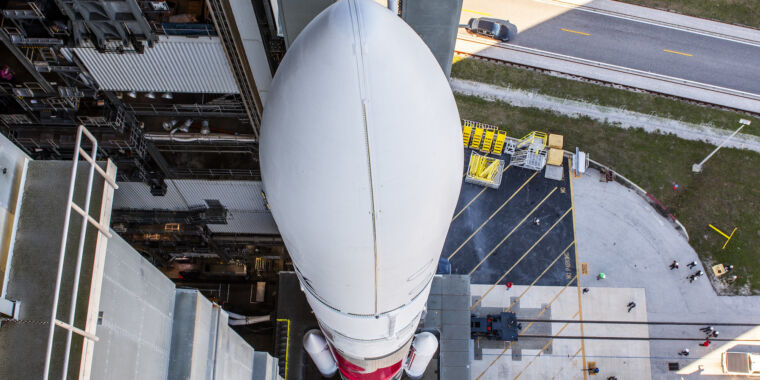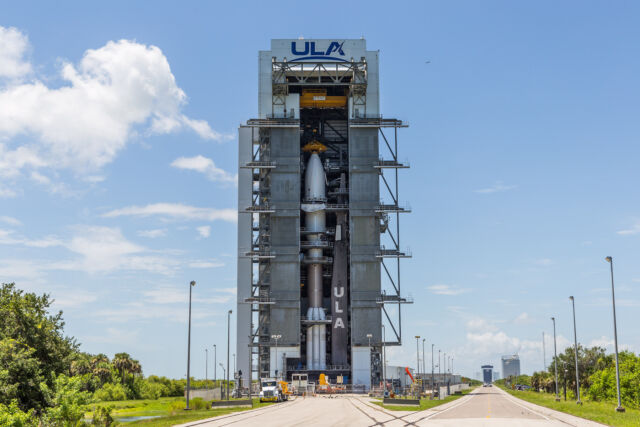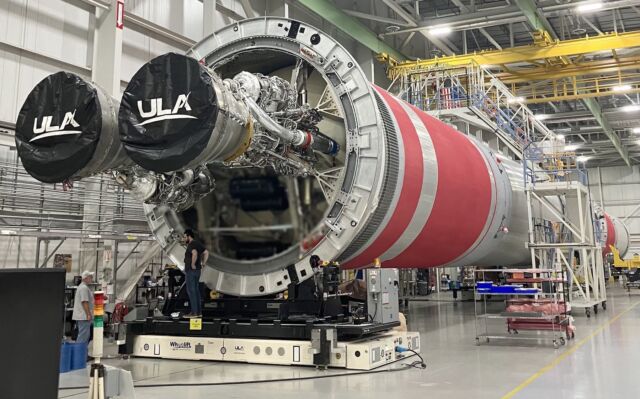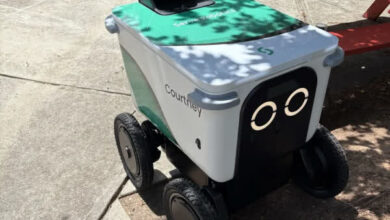A mid-September test flight of Vulcan could permit a military launch this year

Scheduling —
ULA looks to have a good shot at making its Vulcan rocket operational this year.

Enlarge / A top-down view of United Launch Alliance’s first Vulcan rocket before its liftoff in January.
United Launch Alliance is targeting September 16 for the second test flight of the new Vulcan rocket, and a flawless mission could finally set the stage for the first Vulcan launch for the US military by the end of the year.
The US Space Force has contracted ULA’s Vulcan rocket to launch the majority of the military’s space missions over the next few years. Pentagon officials are eager for Vulcan to get flying so they can start checking off a backlog of 25 military space missions the Space Force wants to launch by the end of 2027.
By any measure, the first Vulcan launch in January was a resounding success. On its debut flight, the new rocket delivered a commercial lunar lander to an on-target orbit. The next Vulcan mission, which ULA calls Cert-2, will be the rocket’s second certification flight. The Space Force requires ULA to complete two successful flights of the Vulcan rocket before entrusting it to launch national security satellites.
When the rubber hits the road
The pressure on ULA to complete the second Vulcan test flight was strong enough for the longtime military launch provider, a 50-50 joint venture between Boeing and Lockheed Martin, to announce last month that it will launch the next Vulcan rocket without a real payload. The spacecraft ULA wanted to launch on the Cert-2 mission was the commercial Dream Chaser spaceplane developed by Sierra Space. But Dream Chaser won’t be ready to launch in September and may not fly until next year.
Instead of earning revenue on the Cert-2 mission, ULA will fly a dummy payload, or a mass simulator, inside the nose cone of the next Vulcan rocket. Tory Bruno, ULA’s CEO, called the company’s decision “certification at our own expense.”
Two sources told Ars that ULA plans to launch the second Vulcan rocket on September 16 from Cape Canaveral Space Force Station, Florida. But since the launch date is nearly two months out, don’t be surprised if there are some minor adjustments to the schedule.

Enlarge / An Atlas V rocket is fully stacked inside ULA’s hangar at Cape Canaveral Space Force Station, Florida, ahead of the rocket’s final mission for the US Space Force.
In June, ULA delivered the second Vulcan rocket to Cape Canaveral from its factory in Alabama to undergo final processing before stacking it on a mobile launch platform next month. One thing that must happen before then is the next launch of ULA’s current workhorse rocket, the Atlas V, slated for July 30.
The Atlas V is fully stacked inside ULA’s Vertical Integration Facility at Cape Canaveral and will roll out of the hangar to the launch pad a couple of days before liftoff. This is one of 16 Atlas V rockets left in ULA’s inventory. Bruno said ULA is on track to finish manufacturing the remaining Atlas V rockets by the end of this year, allowing the company to convert floor space in its rocket factory to ramp up production of Vulcan launch vehicles.
Once the Atlas V is off the ground later this month, the hangar will be clear to allow ULA to begin assembling pieces of the second Vulcan rocket. Ground teams plan to conduct a countdown rehearsal in August, during which the launch team will load liquid methane, liquid hydrogen, and liquid oxygen propellants into the Vulcan rocket.
For subsequent Vulcan flights, ULA won’t need to perform the countdown rehearsal, Bruno told reporters last month.

Enlarge / Two BE-4 engines installed on ULA’s third Vulcan rocket, slated to launch before the end of the year on a mission for the US Space Force.
Most of the remaining Atlas V rockets are assigned to missions for Amazon’s Project Kuiper broadband constellation and astronaut missions on Boeing’s Starliner spacecraft. The Atlas V flight scheduled for July 30 will be the last Atlas V to launch a mission for the US Space Force. It will also be ULA’s 100th national security mission overall since the company’s founding in 2006 with the merger of the legacy launch businesses of Boeing and Lockheed Martin.
US military and intelligence agencies have been the primary customers for ULA, which operated the Delta IV and Atlas V rockets until the Delta IV’s retirement earlier this year.
If all goes according to plan, ULA could be in a position to launch its 101st national security mission by the end of the year using a Vulcan rocket. This mission, designated USSF-106, will launch an experimental demonstration satellite into a near-geosynchronous orbit for the Air Force Research Laboratory to test next-generation satellite navigation technologies.


